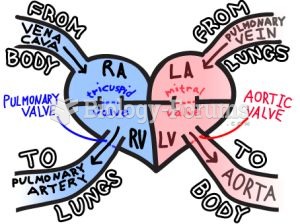Answer to Question 1
D
Answer to Question 2
Once a public good has been produced anyone can consume it without lowering the well-being of other consumers. If nonpayers benefit alongside payers every individual will try to free ride, enjoying the benefits without paying the costs. For all the appeal of the free-rider argument, many producers of public goods receive enough in payments to make production worthwhile. Some are voluntarily funded by persons with a sense of obligationmembers of a congregation may contribute enough so that even those who do not pay can benefit from attending a church's services. In other cases social pressure may play a role.
If voluntary provision does not suffice, there are three basic ways to fund the production of public goods. First, the public good can be tied with a private good. For example, sponsors of television broadcasts pay for advertising to sell their products, and they pay enough so that shows are produced. Organizations that provide public goods (think of an uncrowded country club golf course) can exclude nonmembers or require them to pay special charges. Many trade associations also produce both types of goods.
Second, the law can make a public good excludable. For example, information that is embodied in a new invention has aspects of a public good. The concept of the integrated circuit is an idea that some developers applied to computer chips, others to cameras, and still others to electronic ignition systems for cars. Any person can use this underlying idea without detracting from the ability of others to use it. To encourage inventive activity and discourage free riding, inventors can apply for patents that will allow them to control unauthorized use of their inventions for 17 years. Technological developments can also make a good excludable. Cable and satellite television, for example, deliver signals only to those people who pay for required services and equipment.
Third, governments can supply public goods financed by taxes that citizens have little choice but to pay. The British Broadcasting Corporation's programming is largely funded by an annual tax on television sets, enforced by mobile squads that can detect unauthorized reception. The U.S. Army provides the public good of defense to all Americans, and a new resident gets the same protection others already enjoy. If many persons are affected and expenditures must be large, taxes may resolve the free-rider problem at reasonable cost, but there are also other ways to do so. People regularly form organizations similar to governments whose members are bound by legally enforceable agreements to pay for public goods.







